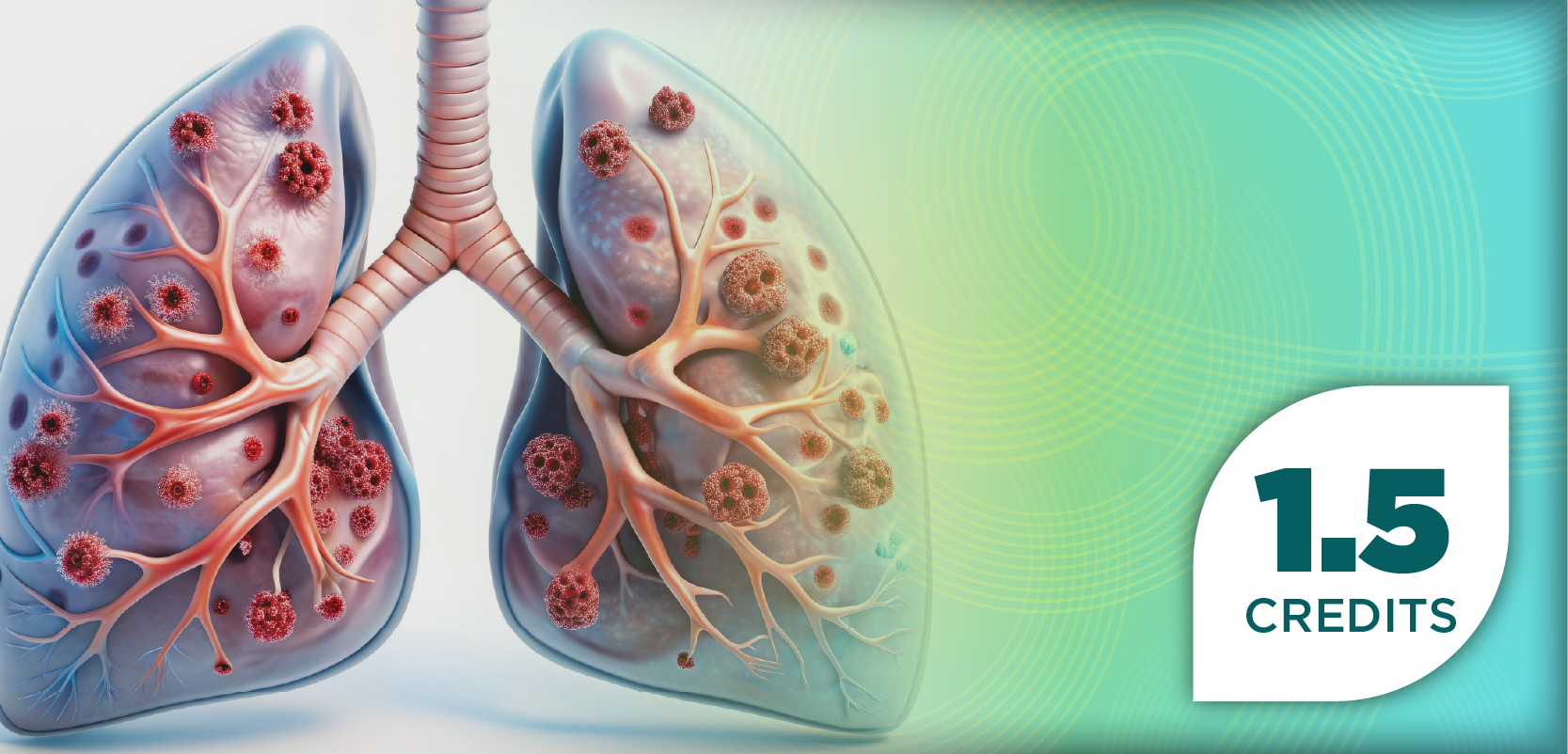
Research Demonstrates Asthma-Related Emergency Room Visits Increase During Peak Pollen Season
A number of asthma-related emergency room visits are a result of viruses, but certain airborne pollens—notably Cupressaceae and tree pollens—are also contributors.
New research published in Environmental Research shows how many emergency department (ED) visits relating to asthma are a result of pollen in metropolitan areas, emphasizing the significance of understanding local plants and a need for developing science-based pollen forecasts. These forecasts suggest the authors can preemptively alert individuals who are susceptible to these allergens should take allergy medication before leaving their house or encourage them to consider staying indoors.1
For this study, the investigators quantified the effects of regionally important Cupressaceae pollen, tree pollen, other pollen types, rhinovirus, seasonal coronavirus, respiratory syncytial virus, and influenza on asthma-related ED visits for people who live within or near 8 pollen monitoring stations in Texas. Additionally, the researchers chose cities near Central Texas because a particular species of tree called the Ashe juniper—one of the most important allergenic pollen-producing trees—is prevalent.1,2
Additionally, to determine which asthma emergencies may have been a result of pollen—as opposed to viruses or other causes—the researchers collected data from the Texas Department of State Health Services, and analyzed nearly 175,000 asthma-related ED visits between 2015 and 2020. Notably, visits from patients who lived within 15 miles from 1 of 8 pollen monitoring stations where airborne pollen concentrations are measured were included in the analysis. Age-stratified Poisson regression analyses were used to quantify the effects of allergenic pollen and viruses on asthma-related ED visits.1,2
According to the study findings, children under the age of 5 years had high asthma-related ED visits, with about 24.1 visits per 1 million person-days. These visits, however, were primarily (51.2%) attributed to viruses. School-aged children also demonstrated high rates (20.7 visits/1 million person-days), which were also attributed to viruses (57.0%), as well as tree pollen (2.8%) and Cupressaceae pollen (0.7%). As for adults, this age group demonstrated lower rates of ED visits (8.1 visits/1 million person-days), of which approximately 25.4% were attributed to viruses, 2.3% to tree pollen, and 0.8% Cupressaceae pollen.2
“Even though the percent of asthma-related ED visits associated with pollen overall was only a few percent on an annual basis, at certain times of year when particular types of pollen were spiking, we sometimes saw up to almost 20% of visits were due to pollen,” said first study author Daniel Katz, PhD, assistant professor, School of Integrative Plant Science Soil and Crop Sciences Section, Cornell University, in a news release. “Sometimes the timing of when viruses were prevalent changed, and sometimes the timing of when pollen was in the air changed. So, because of this natural variability, we were able to better untangle what was contributing to these asthma-related ED visits.”1
Although viruses contributed to asthma-related ED visits, airborne pollen continues to make up a meaningful portion of visits during the peak pollen season. This risk, according to the investigators, can vary both over time and space because of differences within a plant’s composition. For example, they note that during peak Cupressaceae season, that pollen accounts for approximately 8.2% of adult ED visits near Austin, which is where the plants are most abundant. Further, the authors emphasize that various pollen remain in the air for most of the year in Texas, and this can create challenges for individuals who have asthma.2
“We ended up finding that some of the cities had these spikes in asthma-related ED visits in January, when that species releases its pollen, whereas cities outside its primary range did not have corresponding spikes,” said Katz in the news release.1
REFERENCES
1. Cornell University. Asthma emergencies spike when allergenic pollen blooms. News release. August 7, 2024. Accessed August 7, 2024. https://www.eurekalert.org/news-releases/1053905
2. Katz DSW, Zigler CM, Bhavnani D, Balcer-Whaley S, Matsui EC. Pollen and viruses contribute to spatio-temporal variation in asthma-related emergency department visits. Environ Res. 2024;257:119346. doi:10.1016/j.envres.2024.119346
Newsletter
Stay informed on drug updates, treatment guidelines, and pharmacy practice trends—subscribe to Pharmacy Times for weekly clinical insights.






































































































































































































